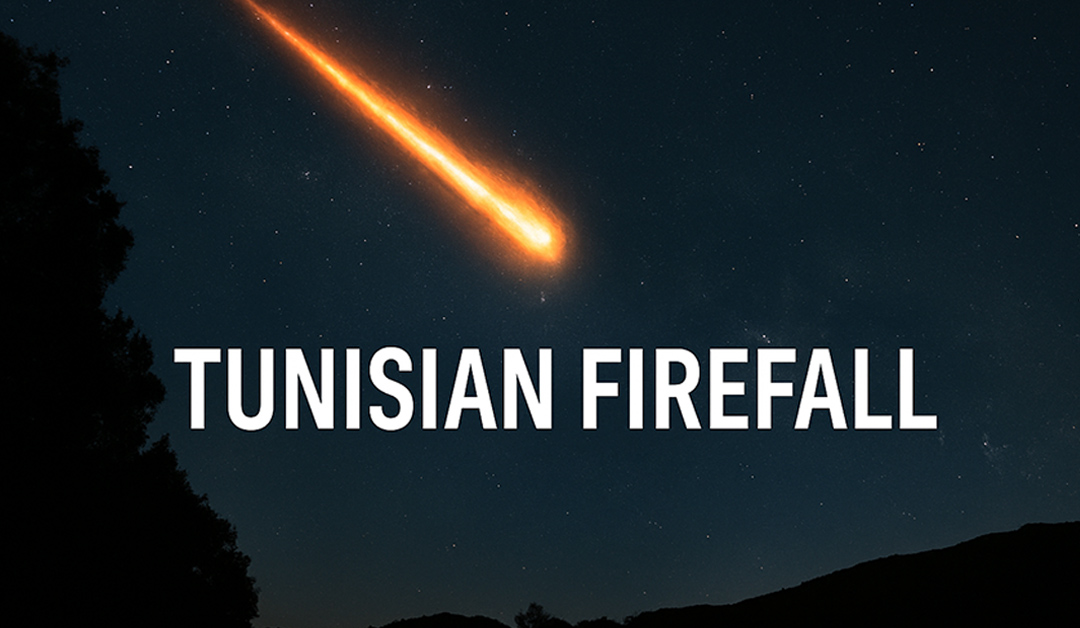In July 1963, people across Tunisia looked up to see something extraordinary blazing across the night.
The event became known as the "Tunisian Firefall"-a sudden, spectacular streak of light that was impossible to ignore.
🌠 A Night to Remember
Eyewitnesses from different towns reported a fiery object racing overhead, burning brighter than any ordinary meteor.
Unlike a typical shooting star, the object’s brightness and clarity left a lasting impression.
It was described as having a clear trail, or afterglow, that lingered for several moments in the sky.
As people watched, news of the phenomenon spread quickly through word of mouth and local media.
The event captured public imagination, with onlookers pausing in the streets and gathering outside to catch a glimpse.
👀 What Witnesses Noticed
Key details stood out in reports from those who saw the firefall:
-
The light was unusually bright and vivid, distinctly different from standard meteors or aircraft.
-
The object traveled in a straight, rapid path, rather than the erratic course of a firework.
-
A glowing trail followed its motion, remaining visible after the main body passed.
-
The sighting was widespread, seen by people in both cities and rural areas.
🏛️ Official Response
The event drew the attention of local authorities and was included in diplomatic reports sent abroad. Officials attempted to find an explanation, considering everything from meteors to space debris.
But no scheduled aircraft, rocket, or known celestial event matched what was seen that night.
Reports made it clear there was no obvious source for the phenomenon, and no material from the object was recovered on the ground.
🕵️ An Unsolved Case
The 1963 firefall in Tunisia remains unsolved. With no consensus among experts and no evidence left behind, it’s one of the country’s enduring sky mysteries.
For those who witnessed it, the memory of that fiery streak lives on as a rare and unexplained moment in North African history.






